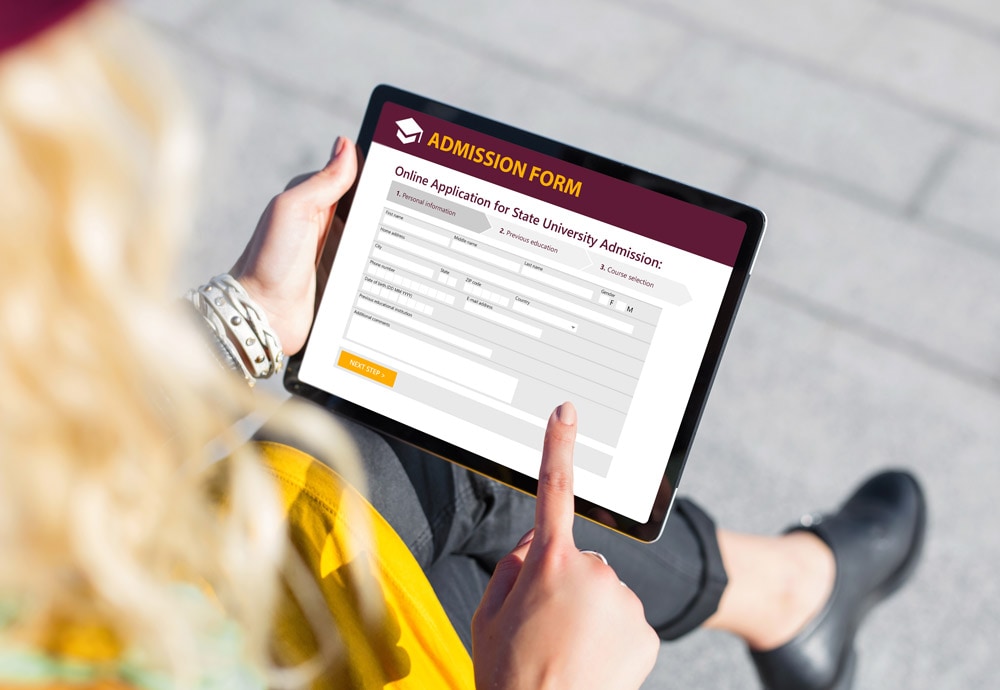New Course Structure for a New Era of Learning – Where Knowledge Meets Real-world Application


Now more than ever, having the right skills across your organization is crucial for driving growth. It’s more time and budget efficient for employees and companies alike to upskill from within by offering focused higher education to stay ahead of the competition with the latest know-how. Still, a recent study by Forbes shows that in the United States alone: “over 39 million adults have attended college but earned no degree or other credential.” Now is the time to fill the skills gap and maximize your team’s potential!
Global education leader Pearson is bringing the concept of upskilling from within to the next level with new advances in the Accelerated Pathways program. The landscape of education is always evolving, and our latest 8-module course structure aligns with our commitment to innovation. Learners appreciate the organization, clarity, and flow of materials in this new format. The integration of video content and interactive learning objects (ILO) further enhanced the learning experience, providing a cohesive and engaging framework for learners to follow.
Your team members can benefit from an even more enriching learning experience for career advancement and company growth.
Highlights:
Self-paced learning with instructor support for questions, feedback, and grades
Fewer quizzes and tests, more hands-on projects
Open enrollment to start anytime
Instructors are the pillars of learner success
A significant highlight of the revamped courses is the enhanced role of instructors. Learners have expressed immense gratitude for the timely and constructive feedback from their instructors. The prompt responses to messages create a more immersive and "real" course experience, fostering a supportive learning environment. This feedback isn't just beneficial for academic purposes; it acts as a powerful confidence booster, encouraging learners to engage more deeply with the course content.
Projects bring learning to life
The shift from traditional exams to project-based assessments marks a pivotal change in our approach to evaluating learner understanding. The remastered courses have replaced the conventional summative mid-term and final exams with projects, offering a more authentic means for learners to demonstrate their mastery of the material. Previously, some courses relied solely on multiple-choice quizzes and summative exams, while others combined written assignments with these traditional assessment methods.
Learners now have the opportunity to engage in projects that increase their interest in the content by being able to apply it directly to real-life situations. The clear instructions and detailed rubrics provided for these projects have been well-received, addressing past concerns about alignment between instructions and expectations. By giving more weight to projects than multiple choice quizzes, we emphasize the importance of real-life application over memorization.
Further innovation for dynamic, engaging education
The positive feedback from learners highlights the success of these changes and underscores the importance of continuously evolving our educational methods. As we move forward, we remain committed to refining our courses to provide the best possible learning experience. The 8-module structure, supportive instructors, and project-based assessments are just the beginning. Together, we are building a future where education is dynamic, practical, and deeply rewarding.
Join us on this journey as we continue to innovate and inspire. Your feedback and enthusiasm drive us to keep improving and ensuring that every learner can achieve their full potential. Here's to a new era of learning, where knowledge meets real-world application!
Questions? Connect with a representative at Accelerated Pathways for more details.
read more






